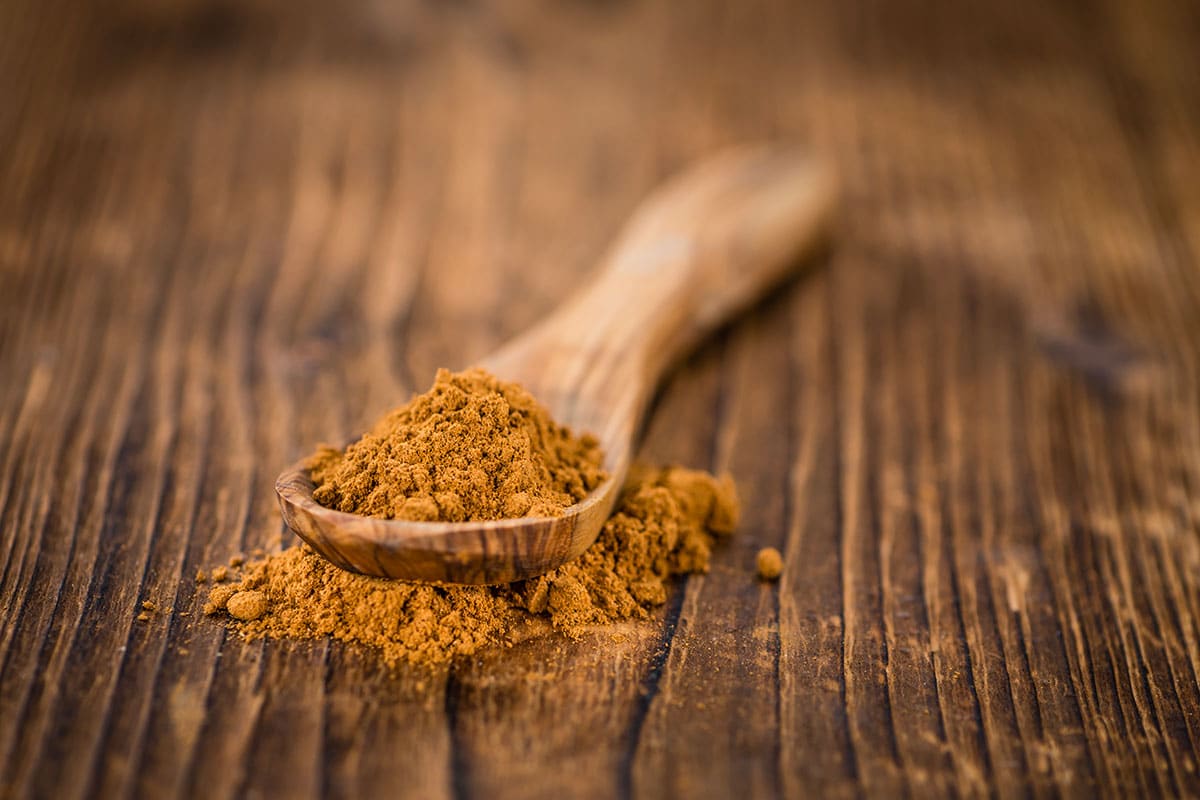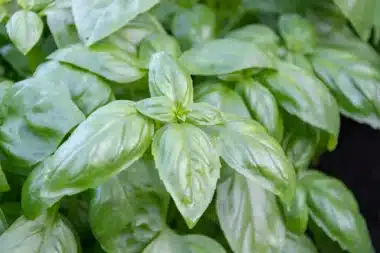In the world of gardening, where nature and nurture mix, it’s always worth exploring natural fixes. One hidden gem might just be sitting in your pantry – cinnamon. Aside from adding a warm spice to apple pies, it offers some neat perks for your garden. It helps scare off pests, speeds up healing after plant injuries, and boosts overall plant strength, making it a handy trick for both newbies and seasoned gardeners.
Historical wisdom: cinnamon’s legacy in gardening
Cinnamon isn’t a modern invention in the garden—you’d be surprised how long folks have been using it. Many of our grandmas swore by it as one of their secret weapons (a natural go-to in their gardening toolkit). With its antifungal, healing, and pest-repelling properties, cinnamon has long been a staple for keeping gardens in tip-top shape. This longstanding use shows that people long ago knew a thing or two about natural remedies, way before chemical options came along.
How Aging Affects Your Sleep: Tips for Restoring Your Nightly Routine
Harnessing cinnamon’s antifungal power
Cinnamon works like a natural antifungal, which is pretty handy in areas with damp soil or lots of rain. It can help slow down issues like powdery mildew or damping-off disease affecting seedlings. For example, some gardeners have dusted their tomato plants with cinnamon after heavy rain to fend off mold, leading to healthier leaves and thriving tomatoes. This method gives you a chemical-free way to keep your plants in good shape (think of it as a natural alternative to synthetic fungicides).
Repelling pests naturally with cinnamon
Even though the smell of cinnamon is a treat for us, many critters—like ants, aphids, mosquitoes, and fungus gnats—find it intolerable. Sprinkling ground cinnamon around your plants can keep these unwanted visitors away while maintaining that delicate garden balance. Unlike some chemical repellents that might harm helpful pollinators like bees and butterflies, cinnamon offers a safer option that also adds a pleasant aroma to your outdoor space.
Healing plants with cinnamon’s natural touch
Besides its pest-fighting abilities, cinnamon is great for helping plants heal. If you make a pruning mistake or accidentally nick a root during repotting, a light dusting of cinnamon on the wound can help seal it up and lower the chance of infection. For instance, when applied to houseplants after an accidental root cut, cinnamon has been seen to speed up recovery and ease plant stress. This natural remedy can be a real lifesaver when your plants need some extra TLC.
Encouraging robust plant growth with cinnamon
Cinnamon doesn’t just protect and heal—it also gives your plants a boost. Sprinkling a bit of cinnamon on seeds before planting can lead to sturdier seedlings that naturally fight off diseases. This trick offers a chemical-free way to nurture growth, fitting right in with eco-friendly gardening practices that favor nature over synthetic additives.
Share your kitchen remedy adventures with fellow gardeners. Swapping stories and tips helps keep these time-tested methods alive in our communities. Pass this neat trick along to friends and gardening buddies—together, we can grow gardens that flourish naturally while paying homage to age-old traditions.
Exploring all the perks of cinnamon not only gives you a powerful tool for keeping your garden lively but also connects you with wisdom handed down through the years—a great reminder that sometimes the best answers are right at home.







